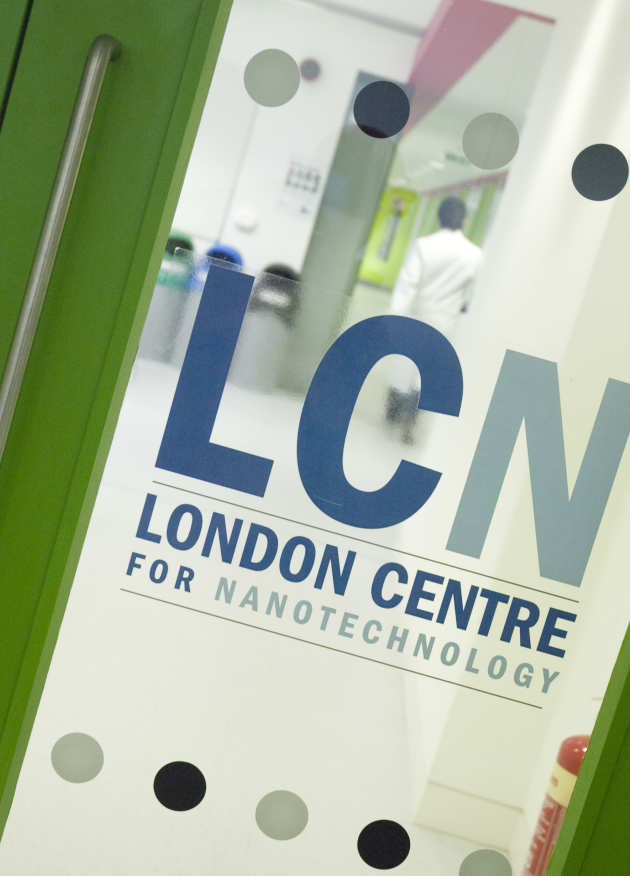Nanotechnology
Health and Safety in Nanotechnology
Nanotubes have a long history as they have been present as atmospheric pollutants since man started to burn carbon. In the last few  years, there has been a major change in our approach to technology and novel nanoparticles are being generated for use in new and existing technologies and industries. The applications are extensive and include materials, medicine, defence and cosmetics. They are used by every research discipline at Imperial College.
years, there has been a major change in our approach to technology and novel nanoparticles are being generated for use in new and existing technologies and industries. The applications are extensive and include materials, medicine, defence and cosmetics. They are used by every research discipline at Imperial College.
The benefit from nanotechnology is enormous, but because of insufficient evidence on toxicology, there are concerns on the possible impact of manufactured nanoparticles and nanotubes which are free to move around rather than being fixed or embedded into a matrix. Such forms represent a fraction of all nanotechnologies, but there is some evidence that their small size may increase any potential toxicity. Toxicity of a material in larger form does not tell us what its toxicity will be when it is nanosized.
The worry is that free nanoparticles could be inhaled, ingested or enter the body via the skin and then cause damage to cells. In addition, nanopowders which in macroform are not considered to be combustable, have different physical properties. Risk assessment is key to the nanoparticle health and safety as it is to all other aspects of chemical safety.
The following links are to government and academic sites and give up-to-date information and advice on the current status of health and safety in these areas. It is worth noting that the commercial manufacture of nanoparticles is considered to be well-controlled, but that their use and manufacture in academic areas may not be so stringent.
- Nanotechnology resources - current HSE guidance.
- Occupational hygiene review by UK Government scientists.
- Royal Society - sources on nanotechnology.
- London Centre for Nanotechnology - general information.
- Nanotechnolgy Now - general information.
- Defra Information Defra is working to promote the responsible development, use and fate of nano-scale materials. Its primary roles in this respect are to manage any potential risks to the environment and to maximise the environmental benefits of nanotechnologies - latest research reports and policy making activities.
- NIOSH The National Institute for Occupational Safety and Health (NIOSH) is the Federal agency responsible for conducting research and making recommendations to prevent work-related injury, illness, and death. As such, NIOSH is active in (1) identifying critical issues related to possible health hazards of nanomaterials, (2) protecting the safety and health of workers involved in this emerging technology, and (3) implementing a strategic plan to develop and disseminate methods for safely advancing the technology through workplace controls and safe handling procedures, and (4) investigating the possible applications of nanotechnology to solve workplace safety and health issues. Because of their small size and large surface area, engineered nanoparticles may have chemical, physical, and biological properties distinctly different from larger particles of similar chemical composition. Those properties may include the ability to reach the gas exchange regions of the lung, travel from the lung throughout the body, penetrate dermal barriers, cross cell membranes, and interact at the molecular level. NIOSH is investigating all of these properties, as it would with any new technology or material in the workplace, to provide the necessary guidance to ensure a safe and healthy workplace - current issues concerning nanotechnology.
- British Standards:
PD 6699-1:2007 Good practice guide for specifying manufactured nanomaterials


